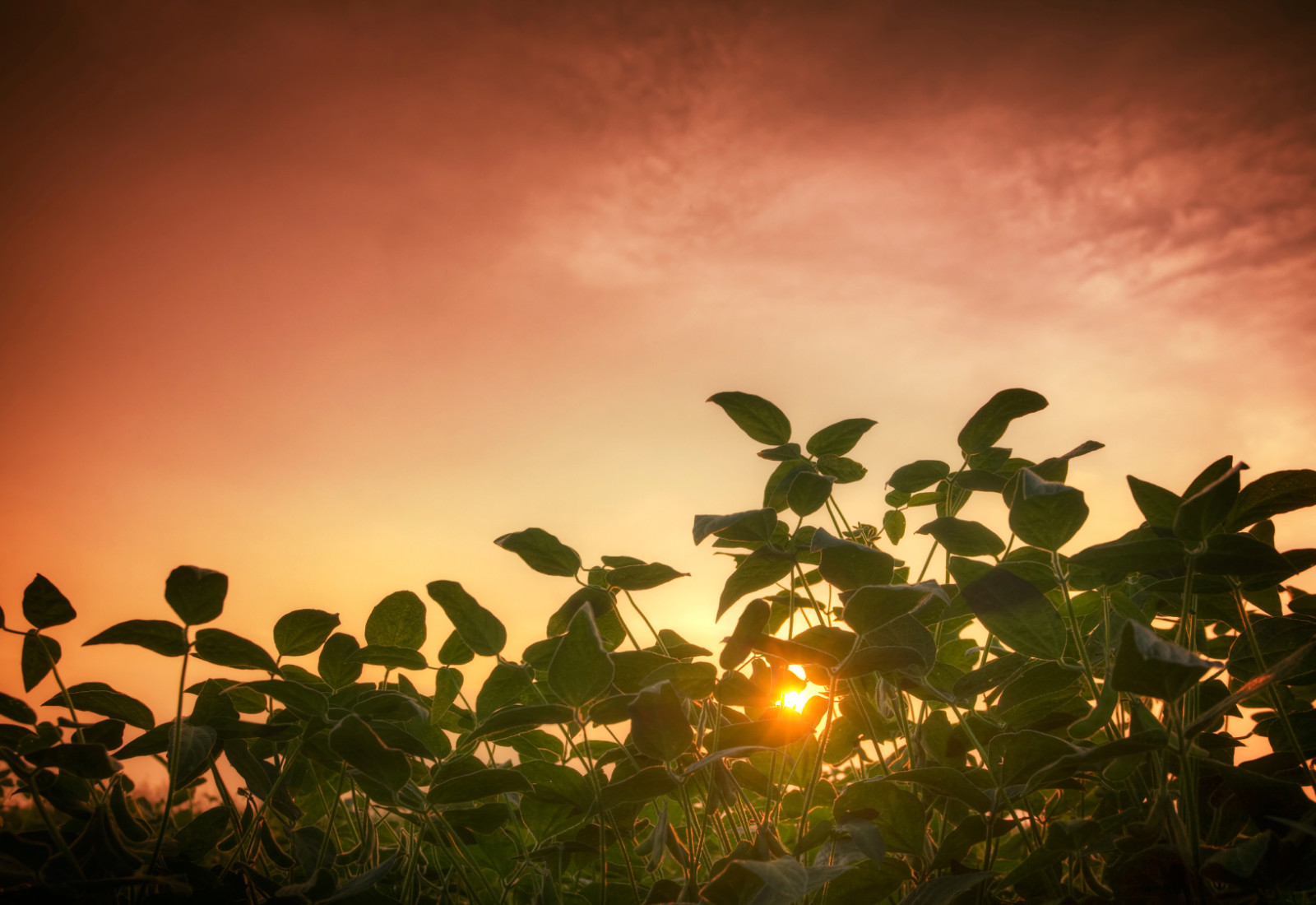The Best Soybean Crop You Can Grow

By Geoff Geddes
A fast start may not be everything, but it sure beats the alternative. That’s especially true for new soybean farmers, as the more you know in a few key areas, the more you’ll grow.
Variety selection
“It all starts with selecting the right variety,” says Sherrilyn Phelps, Agronomy Manager for the Saskatchewan Pulse Growers. “Choose maturity that is a fit for your area and then look at yield potential.”
Growers should consider disease resistance traits such as sclerotinia, phytophthora, and iron deficiency chlorosis if they’re in an area of higher risk. Herbicide resistance traits are also a factor when selecting a variety and ought to be incorporated as part of your weed management program.
Seed bed preparation
“You should be preparing the seed bed in the fall, as trash management is important for soybeans, especially in areas of Saskatchewan that practice zero till,” says Claude Durand, Product Development Manager for NorthStar Genetics.
Seeding operation
Once the seed bed is prepped, the goal is to seed into warm soil at a shallow depth of 0.75 to 1.5 inches, but no deeper.
“Consider that you’ll likely be rolling soybeans after to even out the field and make harvest easier, which puts an extra half inch on them,” says Durand. “So you want them shallow for quick emergence and better pod height. If you go too deep, the first pods will be at ground level and you won’t be able to pick them up at harvest.”

Seeding rates
“Target 160,000 plants per acre,” says Phelps. “If using a planter, the seed safety is better and growers should target 190,000 to 200,000 seeds per acre. With air drills, there is more risk of seed damage, so it is better to seed at slightly higher rates in the range of 210,000 to 220,000 seeds/acre.”
Early weed control
As soybeans are not very competitive early, it’s vital to keep on top of weeds at the start of the season.
“I recommend a pre-seed or pre-emerge herbicide to get an early flush of weeds, then shortly after emergence for a second push,” says Durand.
There are a number of pre-emergence products registered for use in soybeans that help control broadleaf weeds, including glyphosate-tolerant canola. Soil residual products can help lengthen the control period for newly germinating weeds and increase the effectiveness of in-crop herbicide applications.
“With soybeans, the critical weed-free period is from emergence to V-3,” says Phelps. “This means early weed control is essential for maximizing yields.”
Fertilizer
Considering that soybeans remove 0.85 lb/bu
of P and 1.4 lb/bu of K with the grain, producers should fertilize to maximize
pod height and plant growth.
“Fertilize at removal rates to ensure you are replacing what you are taking
off,” says Phelps. “Watch the safe rates of seed-placed fertilizer, as the
maximum suggested safe rate is 20 lbs/acre (P+K) based on 1-inch opener and 10-inch
row spacing. Up to 15 lbs/acre of starter nitrogen can be of benefit with low N
soils.”
While it may sound obvious, rookie soybean farmers would do well to heed a simple reminder: beans are not peas.
“A lot of new growers are out west and probably more familiar with growing pulse crops like peas,” says Durand. “With peas you can plant them deep and into cold soil, which is the opposite of soybeans. The two crops also use very different inoculants. You can’t think of soybeans and peas in the same way, and that’s critical to success.
Starting on the right foot with soybeans won’t guarantee success, but starting poorly is a sure road to ruin. It’s not a hard choice.


